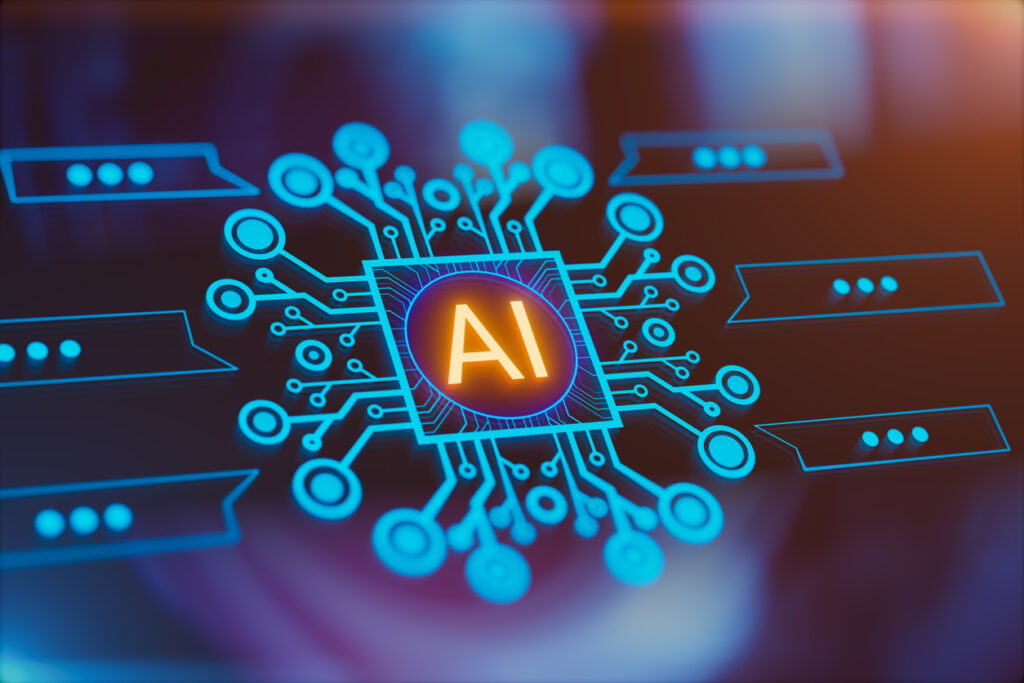Similar to what’s happening in the appliance industry, the Internet of Things is poised to take a foothold in automotive and is already having a significant impact on manufacturing and design. There are more major changes happening to the interior of automobiles—more so than the exterior—especially with Human Machine Interface (HMI) or User Interface (UI) controls.
As the traditional instrument panel is in the process of giving way to a digital touchscreen display, there is a push to combine the infotainment, telematics, and instrument panels into one communicative, complete system. The trend is for an automobile HMI to be an open system in order to connect with smartphone technology. A study conducted by Nissan in 2018 in the U.S. found that 25% of car buyers would not consider a vehicle that couldn’t mirror their smartphone in some way.
It is estimated that by 2022 the connected car market will grow by 270%. That evaluation nets out to about 125 million connected passenger cars shipped during 2018-2022 equipped for integrating the Internet of Things. However, there is one issue standing in the way of the IoT fully taking to the streets and reaching the next level: the emergence of 5G networks.
The Roadblocks Facing 5G
AT&T and Verizon will only be launching their initial 5G networks in a limited capacity starting in late 2018 and early 2019. This endeavor will require a massive roll-out, one that will take a significant amount of time and cost to achieve. For one, some of the telecoms sold off their towers to generate the capital to fund their 5G push. Now they’re going to potentially have to lease those towers back at a possible additional cost passed on to consumers.
Further slowing the roll-out will be the initial spotty service due to the switching back and forth between 4G and 5G networks. The year 2020 and 250 million IoT-capable vehicles aren’t very far away, but until all towers are running 5G, the full capability of the Internet of Things in automobiles could stall in traffic.
The Advent of Autonomous Automobiles
The advent of self-driving and autonomous vehicles is going to be a huge boon for the Internet of Things in automobiles. While Completely Autonomous (L5) capability in an automobile is a decade away (circa 2028-2030), Conditional Automation (L3) and High Automation (L4) will be a real thing in the mid-to-late 2020s. With the attention of drivers freed up from fully operating the vehicle, their focus will inexorably be diverted elsewhere—checking work emails and texts or enjoying streaming entertainment options via an IoT-enhanced HMI located on the dashboard or elsewhere. But for that to become a fully dependable experience, 5G will need to play a significant role.
The Buying Habits of Millennials
Millennials are purchasing fewer cars than previous generations, but they are fueling the ride-share economy, so much so that automotive giants like GM and Volvo are investing in the likes of Lyft and Uber respectively. As a generation devalues ownership and moves from the driver’s seat to the passenger seat, their riding experience will need to be significantly augmented by the Internet of Things. Cars lacking the latest technology and connectivity will be sure to receive negative reviews as customers demand more from their ride-share.
The absence of fully functioning 5G at the present moment is not impeding auto manufacturers from designing and developing with the IoT in mind for the immediate future. Cars, like cell phones before them, will soon be expected to do so much more than their original primary function. Fortunately, the timeline for seamless 5G capabilities is aligning to have a significant impact on the Internet of Things in automobiles.
For your next automotive related project, contact us.




